Sleep is good. Sleeping well is better. But did you know that even the color light you surround yourself with impacts how well you sleep? If you want to learn how to sleep like a baby, the first thing to do is know what colors you should absolutely be avoiding in the bedroom.
Understanding light
Light is a wave
Just like the type you see on the ocean. Well, maybe not quite, wavelengths are a bit different even if they do mimic a similar pattern. This type of wave is measured in nanometers and only some parts are visible to the human eye.
The invisible and visible light spectrum is defined by the wavelengths our eyes can perceive. That means our eyes can only perceive 3 primary colors.
🔵 Blue
🟢 Green
🔴 Red
They’re called primary colors because they only consist of one type of light ray, not because those are the colors you learn in kindergarten.
Each wavelength has a different effect on our bodies
Don’t worry you’re not going to suddenly turn green like the Hulk or red like Hellboy, or even blue like Nightcrawler.

But our bodies have many different functions and some of these are strongly impacted by the different light wavelengths that we experience.
This is particularly true of our circadian rhythm, or sleep cycle, which relies on the production of melatonin; something that certain wavelengths can impact.
💤 Melatonin, the sleep hormone, helps prepare our body for sleep. It’s our very own natural Sandman.
🌅 Our bodies are smart enough that when we wake up and experience daylight, they stop secreting melatonin. That’s why it might take a second to wake up.
It’s the daylight itself and the corresponding blue and ultraviolet wavelengths that lets our bodies know we no longer need that melatonin production.
But in the modern world of LED lighting and TV and computer screens, we’re attacked all day and night long by blue light. That’s why so many of us struggle to sleep. And not just because you want to harvest your crops one more time in Stardew Valley.
But instead of focusing on blue light keeping you awake, let’s look at what light colors help you sleep.
Here are our recommendations.
Warm lights: Red, orange and yellow
❤️ Red light: ideal for falling asleep
Unlike blue or white light, the spectrum of red light actually helps promote falling asleep.

Red light is made up solely of red light rays, with no blue or ultraviolet rays creeping in. That means it doesn’t prevent the production of melatonin, which is essential for the body to adjust to different phases of the day. When looking at what is the best color light to sleep with, look no further than red light.
The absence of blue and violet light
The absence of these two colors in red light is exactly why those who use this type of lighting have less difficulty falling asleep.
It’s not even the red color light itself, but specifically the total absence of those two wavelengths. Like how in space, no one can hear you scream, with red light no one can see the blue or violet…
Some claim that red light triggers the production of the sleep hormone melatonin as well, but the studies are insufficient and inconclusive on this subject.
🧡 Orange and yellow lights
Just like red light, these lights contain no or very little blue light. They’re also high on the list of recommendations for those looking to develop a healthy sleep-wake cycle for this very reason.
Your eyes may struggle to adjust to all these warm colors at first, but it’s worth it if it means adjusting your circadian rhythm and getting a proper night’s sleep for once, rather than staying up all night on Warzone.
👉 But don’t worry, your home doesn’t have to look like the Red Light District all the time. Otherwise, your neighbors might start asking questions. To prevent that, there are other ways to help your sleep pattern adjust. But first, let’s look at the enemies of restful sleep; ‘cold’ lights.
Cold lights: Green, blue, violet and ultraviolet
Unlike the wavelengths of red, orange or yellow light, these colors are all found close to the blue light spectrum.
🤢Green light
Even though green colored light can theoretically only contain green light rays, it’s actually more likely there are some blue-colored light rays in that type of LED light bulb.
👉 Thus, this type of lighting is rather not recommended in the evening before going to bed because these blue rays could limit the production of the sleep hormone and therefore prevent you from sleeping.
☠️ Blue, violet and ultraviolet light
This type of light is everywhere in this day and age. It’s emitted from all screens, and also your white and LED light bulbs. So if you thought you were future-boy when you got your color changing light bulbs, what you didn’t realize is that you were also turning into blue light absorber boy! Doesn’t really have the same ring to it…
Either way, most people suffer from overexposure to blue light at home and in the evenings due to modern technology.
Unfortunately for all the gamers and binge-watchers out there, this is the type of light you want to avoid for at least 2 hours before bedtime.
The most damaging part of the spectrum of blue light is between 380 and 450 nanometers and you are almost certainly exposed to this at home.

The good news is, that all light bulbs in homes diffuse a little of those blue rays. It’s up to you to choose which color and type of bulb (LED or not) is most suitable for your lifestyle. You can read more about what light rays different light bulbs emit here.
👉 Of course, there’s unfortunately one clear answer. If you want a healthy sleeping pattern, you need to adopt practices that help promote it. That means lots of warm lights, and limited exposure to cold ones. Especially those emitted by screens in the hours before sleeping; or at least find a phone filter you can use.
It’s not all doom and gloom (or warm light/cold light); there are other tips and tricks that will help you regulate your sleeping pattern and reduce your exposure to blue light.
Solutions for better sleep
Our recommendations
These evidence-based, simple but silly tips will help improve your sleeping pattern and cycle:
- 🖤 Sleep in the dark. Any light can be disruptive to your sleep hormone; so it’s time to finally gather up the courage to shut off your night light. Or TV.
- 🛏️ Sleep in a bed. A hammock, sleeping bag, or hanging upside down from the ceiling like a bat just isn’t as effective.
- 🚰 Drink water before bed. That way you won’t wake up in the night with a throat that makes you sound like Geralt. But don’t drink too much, especially if you have the bladder of an 80-year-old.
- 🌡️ Set your room temperature carefully. If you’re able, keep your room between 16 to 19 degrees, as most find it much easier to sleep in a cooler room with warm coverings.
Other preventative actions you can take
A few less silly, but still effective tips to improve your sleep and keep you snoring all night long:
- 📺 Limit screen time. Try not to watch TV or play computer games right up to bedtime. Give yourself at least an hour window without a screen for once!
- 👓 Use protection. Not that type! That’s definitely not going to do anything to help you against blue light. We mean blue light blocking glasses. In fact, why don’t you check out our stylish anti-blue light glasses range?
- ⏱️Try to streamline your sleeping hours by finding your own personal, ideal sleeping times. Try going to bed at different times to find when you find it easiest to fall asleep. You can use handy tools like the Oura ring or Apple Watch to help you monitor this.
- 💡Avoid using LED light. Instead, try warm colors and indirect lighting to keep your room a cozy, sleepy paradise.

What color light makes you sleepy? Final thoughts
Not being exposed to blue light is what helps you fall asleep. Therefore:
- Red light is the most effective color since it doesn’t contain any blue light rays.
- It’s very important to limit your exposure to blue light at least 2 hours prior to going to bed
- Blue light blocking glasses are one of the most effective tools to filter out blue light rays.
But the best method for helping yourself fall asleep is just to keep reading articles like this…. zzzzzzzzz



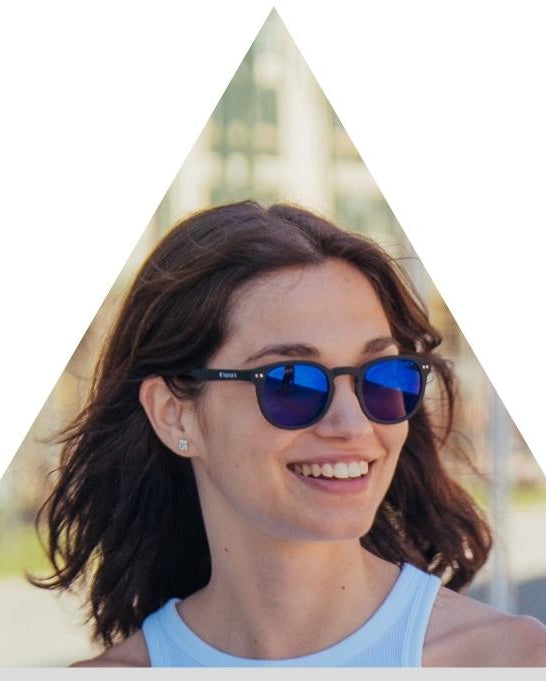
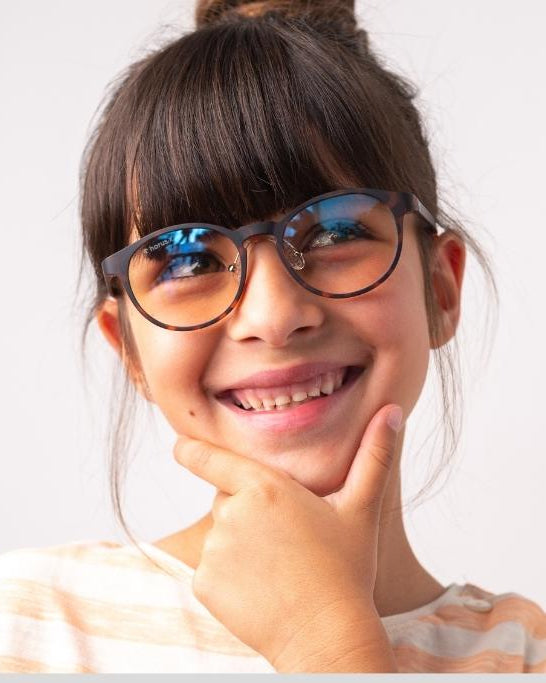
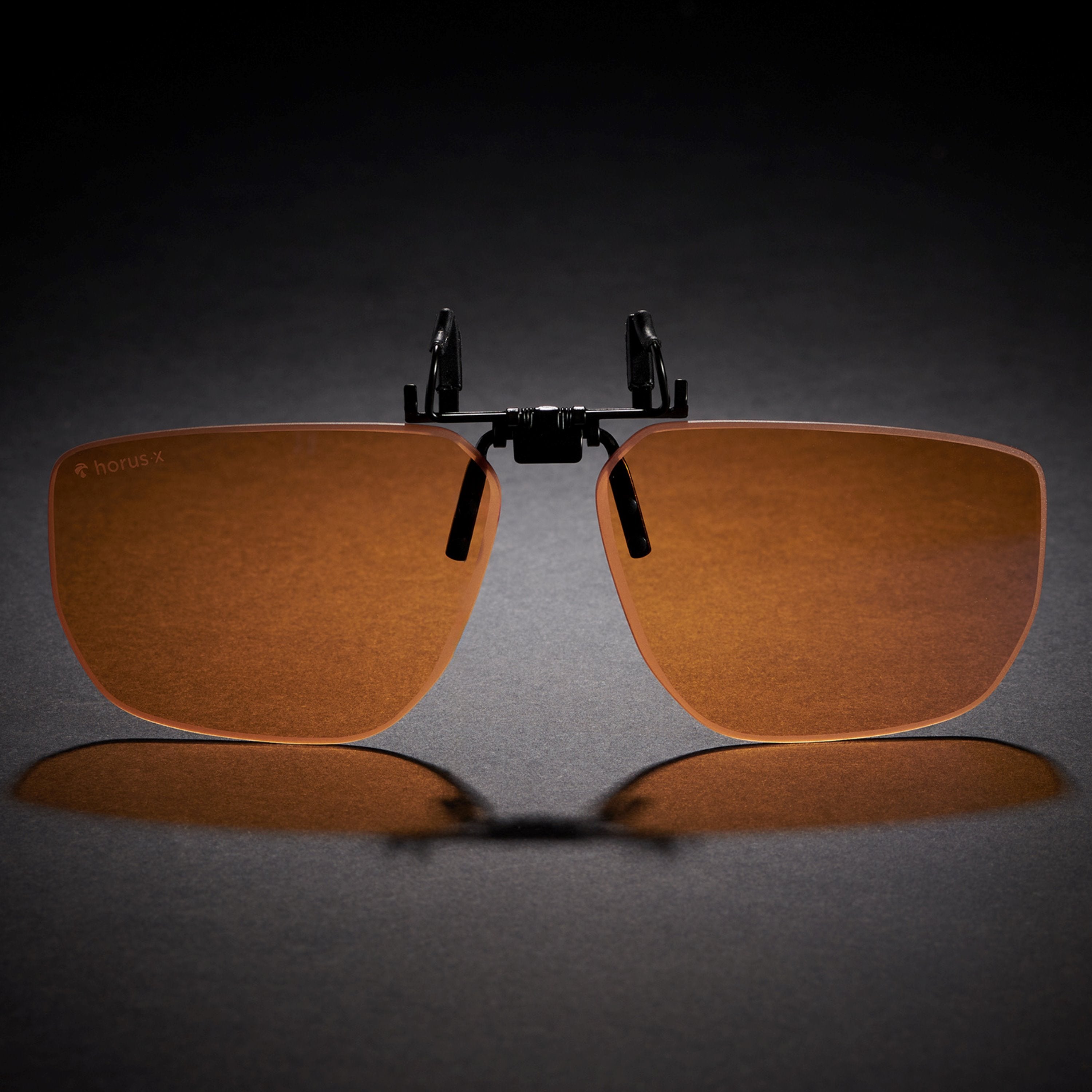
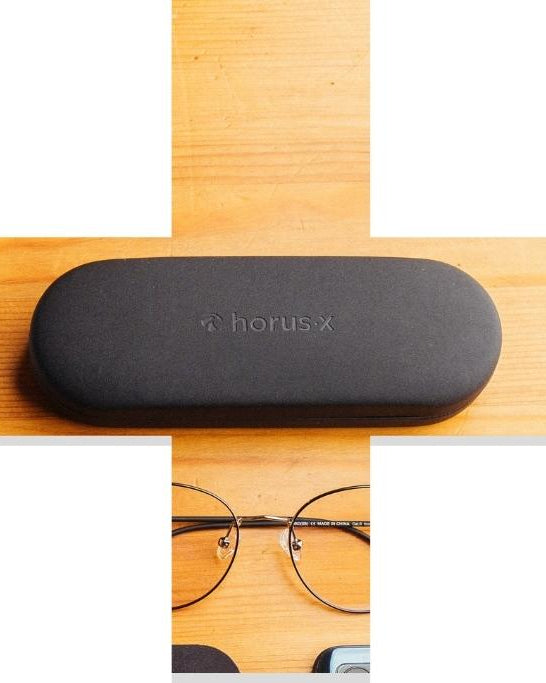




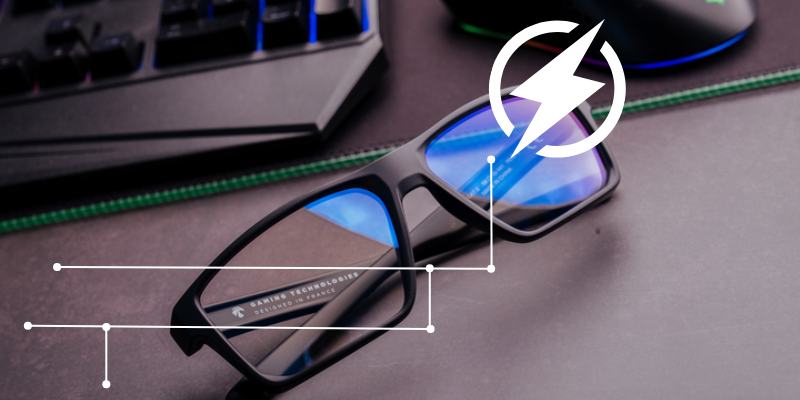



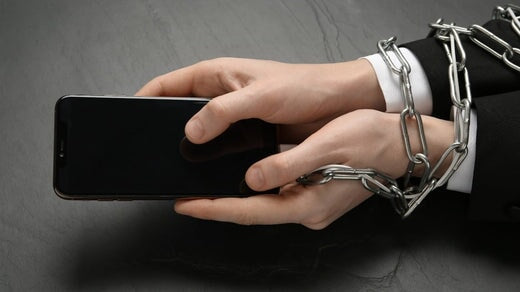
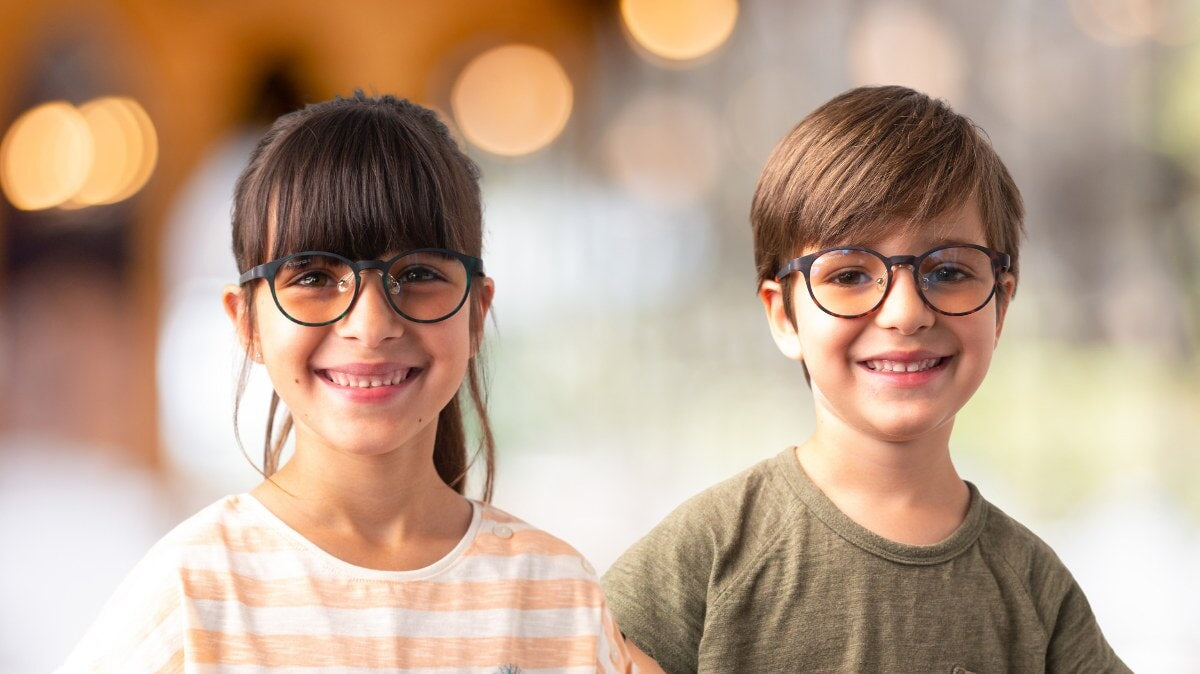
Comments
Excellent
Merci pour le conseil et à la prochaine ☺️